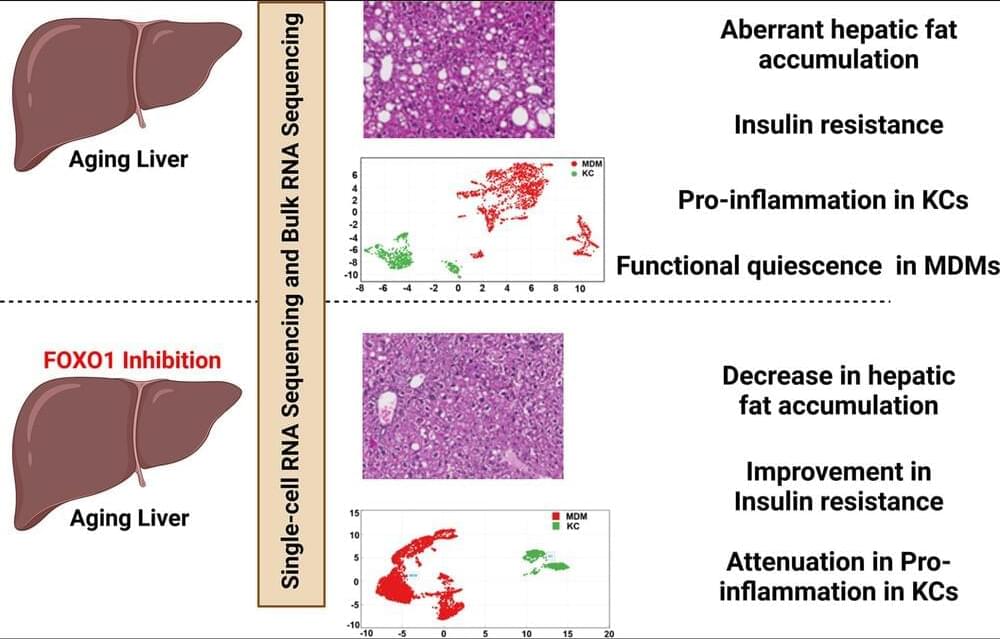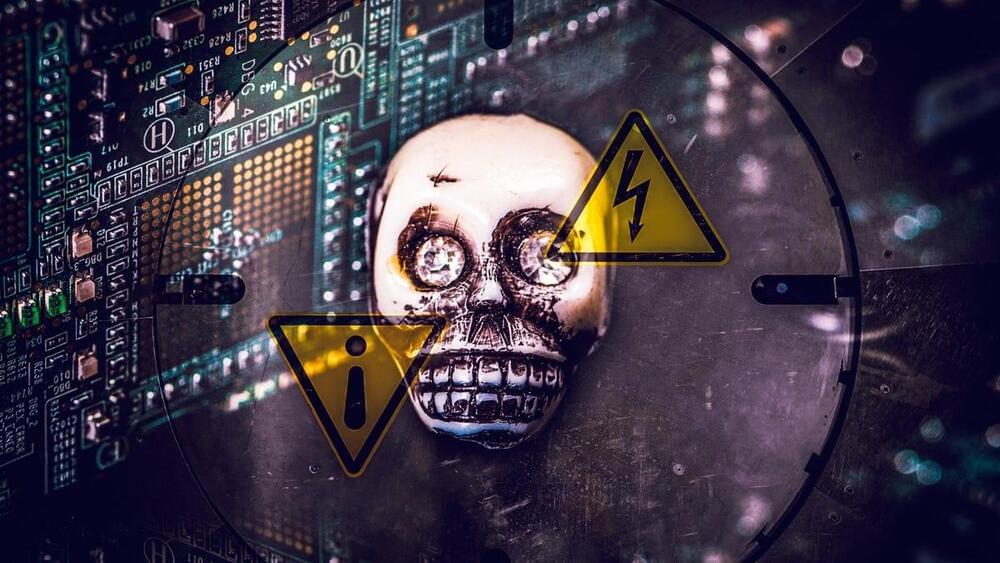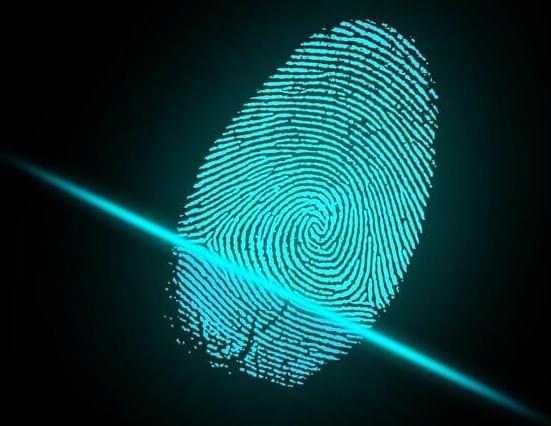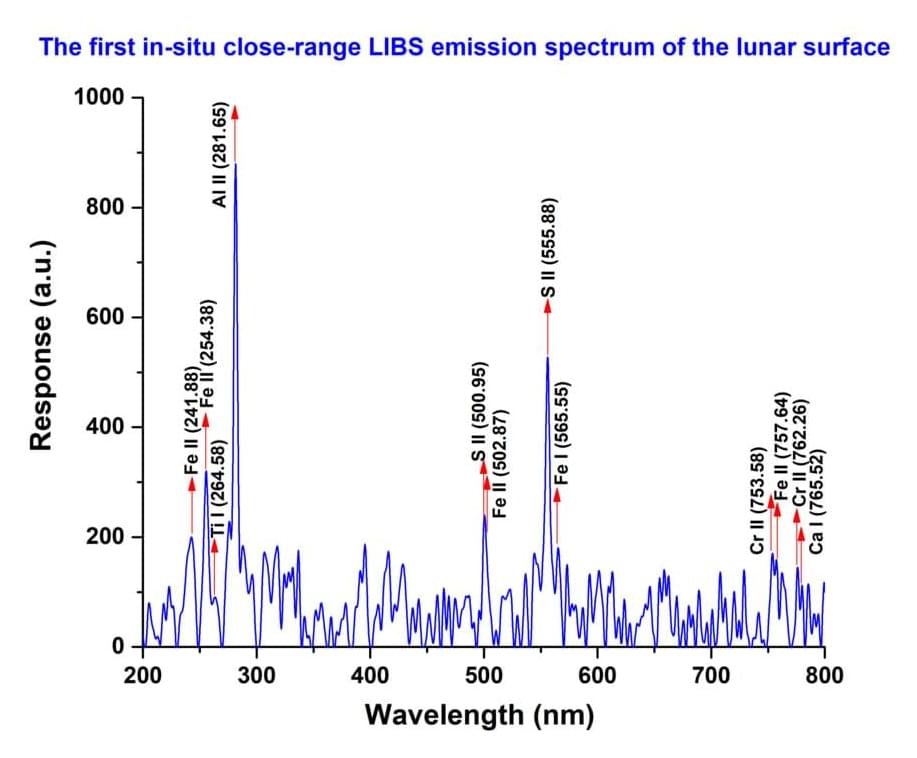Sometimes a knee replacement is considered too risky or too early to be recommended. These alternatives could help alleviate your knee pain.



Several factors contribute to the development of inflamm-aging, including genetic susceptibility, visceral obesity, microbiota and gut permeability, cellular senescence, NLRP3 inflammasome activation, oxidative stress caused by mitochondrial dysfunction, immune cells dysregulation, and chronic infection (Ferrucci & Fabbri, 2018). The immune system becomes gradually dysregulated during aging, leading to elevated blood levels of pro-inflammatory mediators, such as TNFα, IL6, and C-reactive protein (Harris et al., 1999 ; Mooradian et al., 1991). Energy homeostasis also becomes dysregulated with aging, which results in the redistribution of subcutaneous fat to visceral regions and contributes to inflammation (Bouchard et al., 1993 ; Chumlea et al., 1989 ; Curtis et al., 2005). Metabolism-induced inflammation, also known as metaflammation, shares similarities with inflamm-aging, including the elevation of certain circulating pro-inflammatory cytokines (Prattichizzo et al., 2018). Therefore, the molecules that play a key role in the regulation of metabolic homeostasis potentially mediate the development of chronic inflammation during aging.
Forkhead box O1 (FOXO1) transcription factor has been indicated to be involved in the regulation of nutrient metabolism and energy homeostasis (Cheng et al., 2009 ; InSug et al., 2015 ; Matsumoto et al., 2007 ; Yang et al., 2019 ; Zhang et al., 2012). Deletion of hepatic Foxo1 improves glucose homeostasis in insulin resistant mice (Dong et al., 2008). FOXO1 inhibition by AS1842856 attenuates hepatic steatosis in diet-induced obesity mice (Ding et al., 2020). In mature macrophages, FOXO1 promotes inflammation through the activation of TLR4-and STAT6-mediated signaling pathways (Fan et al., 2010 ; Lee et al., 2022). In invertebrates, DAF-16, the Foxo homolog gene, mediates the effect of insulin/IGF signaling on lifespan (Ogg et al., 1997). Overexpression of FOXO in Drosophila and C.elegans increases their lifespan (Giannakou et al., 2004 ; Henderson & Johnson, 2001). However, studies in mammalians show that FOXO1 does not have a significant correlation with longevity (Chiba et al., 2009 ; Kleindorp et al., 2011). Considering the role of FOXO1 in regulating glucose metabolism and inflammation, we hypothesize that FOXO1 plays an important role in the regulation of aging-induced inflammation and dysregulation of glucose homeostasis.
Liver is an important metabolic organ that plays a key role in maintaining whole-body nutrient homeostasis by regulating energy metabolism, clearing xenobiotic and endobiotic, and synthesizing necessary molecules (Rui, 2014). As a result, aging-induced changes in liver contribute to systemic susceptibility to aging-related diseases. Different types of liver cells, including hepatocytes, endothelial cells, hepatic stellate cells (HSC), and macrophages, are all affected by the aging process (Hunt et al., 2019). However, most studies on liver aging focused on whole-liver tissue, which is mainly composed of parenchymal cells, hepatocytes. Thus, the effects of aging on liver nonparenchymal cells (NPCs) are less understood. In this study, we used bulk RNA-Seq and single-cell RNA (scRNA)-Seq technologies to analyze aging-induced changes, and the role of FOXO1 in aging-related processes in both whole-liver and individual liver cells, particularly liver macrophages. We found that insulin resistance, liver fat accumulation, liver inflammation, and systemic inflammation were significantly aggravated in old mice. Additionally, aging significantly increased pro-inflammatory response in Kupffer cells (KCs) and induced a functional quiescence in monocyte-derived macrophages (MDMs). FOXO1 activity was significantly enhanced in the livers of old mice and FOXO1 inhibition improved insulin resistance, hepatic steatosis, and inflammation in old mice. Furthermore, we found that FOXO1 inhibition attenuated aging-induced pro-inflammation in KCs and had a limited effect on aging-induced functional quiescence in MDMs. Taken together, this study indicates that FOXO1 plays an important role in the liver aging processes and suggests that FOXO1 is a potential therapeutic target for the treatment of aging-induced chronic diseases.


Hackers are able to grab a target’s IP address, potentially revealing their general physical location, by simply sending a link over the Skype mobile app. The target does not need to click the link or otherwise interact with the hacker beyond opening the message, according to a security researcher who demonstrated the issue and successfully discovered my IP address by using it.
Yossi, the independent security researcher who uncovered the vulnerability, reported the issue to Microsoft earlier this month, according to Yossi and a cache of emails and bug reports he shared with 404 Media. In those emails Microsoft said the issue does not require immediate servicing, and gave no indication that it plans to fix the security hole. Only after 404 Media contacted Microsoft for comment did the company say it would patch the issue in an upcoming update.
The attack could pose a serious risk to activists, political dissidents, journalists, those targeted by cybercriminals, and many more people. At minimum, an IP address can show what area of a city someone is in. An IP address can be even more revealing in a less densely populated area, because there are fewer people who could be associated with it.


In an era of growing digitalisation, data centers have emerged as the fundamental support of our technological framework. However, worries persist over the ecological effects due to their swift growth and power-demanding activities. These data centers rank among the planet’s most energy-intensive establishments, drawing substantial electricity to fuel servers, cooling mechanisms, and auxiliary apparatus vital for their operations. Such elevated energy usage significantly affects the environment by adding to greenhouse gas discharges and ushering climate change.
The AI Power Consumption Challenge
The growing surge of AI (Artificial Intelligence) in recent years has been a remarkable and transformative phenomenon. However, AI models and algorithms are highly resource-intensive and consume significant amounts of power. Training AI models involve massive computational workloads, often requiring specialised hardware accelerators like GPUs, which consume substantial energy. This power consumption is a major concern when it comes to making data centers greener.

Antipsychotic drugs treat incredibly vulnerable patients. Maintaining a treatment regimen is difficult for many patients, but not taking the medication is associated with a higher risk of poor health outcomes. These drugs are also very powerful with strong side effects, and blood tests are often used to calibrate a patient’s dosage and confirm that they are taking the recommended dose.
However, blood tests are invasive and potentially uncomfortable. Scientists have now discovered a way to test the levels of common antipsychotic drugs in the sweat from patients’ fingerprints, offering a quicker, more comfortable, and more convenient alternative to blood draws for patient monitoring.
“Our test offers patients a quick and dignified way of showing commitment to antipsychotic treatment,” said Katherine Longman of the University of Surrey, first author of the study in Frontiers in Chemistry. “This non-invasive approach can also be adapted to fit other therapeutic regimes.”

The Laser-Induced Breakdown Spectroscopy (LIBS) instrument onboard Chandrayaan-3 Rover has made the first-ever in-situ measurements on the elemental composition of the lunar surface near the south pole. These in-situ measurements confirm the presence of Sulphur (S) in the region unambiguously, something that was not feasible by the instruments onboard the orbiters.
LIBS is a scientific technique that analyzes the composition of materials by exposing them to intense laser pulses. A high-energy laser pulse is focused onto the surface of a material, such as a rock or soil. The laser pulse generates an extremely hot and localized plasma. The collected plasma light is spectrally resolved and detected by detectors such as Charge Coupled Devices. Since each element emits a characteristic set of wavelengths of light when it’s in a plasma state, the elemental composition of the material is determined.
Preliminary analyses, graphically represented, have unveiled the presence of Aluminum (Al), Sulphur (S), Calcium (Ca), Iron (Fe), Chromium (Cr), and Titanium (Ti) on the lunar surface. Further measurements have revealed the presence of manganese (Mn), silicon (Si), and oxygen (O). Thorough investigation regarding the presence of Hydrogen is underway.

